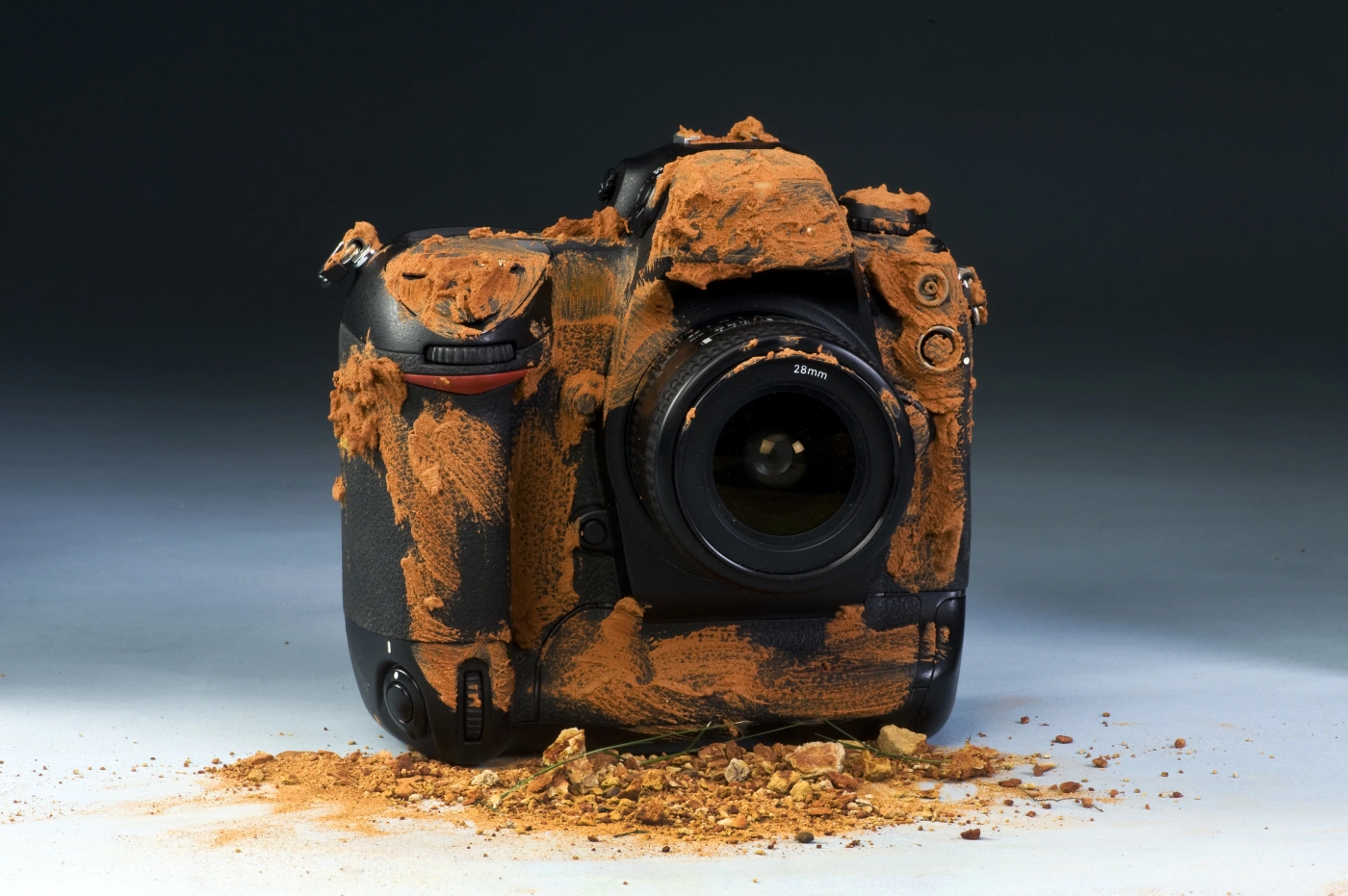Many of us regularly schedule routine car maintenance, but camera care often slips our minds until problems arise. For example, it may only be when we find ourselves spending more time editing out specks from images than actually taking photos that we realize it’s time to clean the sensor. Similarly, it might take a jammed tripod leg to notice the damage caused by a beach trip.
Camera Maintenance: Keeping Your Gear in Top Shape
Regular camera maintenance and cleaning can extend its life and keep it performing at its best. And you don’t have to spend a lot—many tasks you can handle yourself, ensuring your camera stays in good condition. Here’s how to take care of your camera.
Protecting Your Camera from the Elements
Prevention is key to maintaining your camera’s condition. If your camera is weatherproof, it can handle some rain, but it won’t appreciate being submerged. If your camera isn’t weatherproof, use some form of cover in bad weather or when you’re on a sandy beach in windy conditions. Simple options like a clear plastic bag secured with an elastic band around the lens or a shower cap can work well.
Extreme humidity or cold can also impact cameras, so it’s important to let them acclimate. If exposed to high humidity for an extended period, have your camera checked at a service center to ensure it’s fungus-free.
Sensor Cleaning
A dirty sensor can be frustrating for photographers. Initially, you might clone out a few marks, but they tend to multiply. Cloning out marks can be easy against a clear sky but becomes more challenging over important details.
Camera’s Sensor-Cleaning System: Your camera may have a sensor-cleaning system that vibrates the sensor when you turn the camera on or off. Setting the cleaning cycle to work during power-down can be useful to avoid missing quick shots.
Manual Cleaning: Activate the cleaning mechanism from the menu and feel the sensor vibrate. If this doesn’t remove the problematic marks, more direct action is needed. Digital SLRs have a sensor-cleaning mode that lifts the mirror for access to the sensor.
How to Clean Your Camera’s Sensor
Cleaning the sensor can be nerve-wracking at first, but it’s possible at home with the right tools. Use a good bulb blower made for sensor cleaning and purpose-made swabs and cleaning fluid. Avoid using regular blowers, as they may spit particles onto the sensor, and never use canned air because the propellant can damage the sensor.
Try to clean the sensor in a dust-free environment. A bathroom can be a good spot for cleaning, but wait for the steam to settle before starting.
Expert Camera Maintenance
If you prefer not to clean your camera’s sensor yourself, professional services are available. However, keep in mind that dust can settle on the sensor the next time you change lenses. It’s cost-effective to learn how to clean it yourself. An APS-C format sensor clean can cost around £30, while a full-frame sensor clean can cost between £55 and £60.
Autofocus Micro-Adjustment: Many DSLRs offer autofocus micro-adjustment to optimize lens performance. This can be adjusted at home, but if you encounter significant focusing issues, consult a service center.
For issues like a damaged screen, broken dial, jammed shutter, or stuck memory card, visit a manufacturer-approved service center. Also, have your camera checked if it’s been submerged in water, as water damage can cause long-term problems.
Routine Service
Some service centers offer routine services, including sensor and focus screen cleaning, as well as calibration. For example, Canon UK’s service center charges £90 for a camera such as the Canon EOS 5D Mark IV, with a premium service costing £117.
Other centers, like Fixation, provide estimates after checking the focusing, metering, and lubrication against manufacturer standards.
Camera Insurance
Good camera insurers cover accidental damage but may have specific requirements, such as the use of a purpose-made case. Mechanical breakdown coverage often applies to items less than five years old.
General Care Tips
- Use a Bulb Blower: Remove loose sand and dust from buttons, dials, viewfinder, card bay, battery compartment, and ports.
- Brush for Dust: Use a brush for dust the blower can’t shift, especially around the lens mount.
- Wipe Down the Camera: Use a slightly damp cloth to remove salt and mud. Wipe the whole camera down, even if you can’t see any salt.
- Check Port Covers: Make sure port covers and doors are secure to maintain weatherproofing.
- Clean with Alcohol or Lens Cleaner: Use high-concentration isopropyl alcohol or lens cleaner on lens tissue to clean the LCD screen.
Accessories Maintenance
- Lenses: Store lenses with end caps on, upright in a dust-free environment. Clean the lens elements with a clean lens cloth and cleaner.
- Camera Bag: Brush down the exterior and vacuum the interior.
- Tripods: Rinse the legs after use and tighten any loose nuts and bolts.
- Filters: Treat filters carefully, clean them with a bulb blower or brush, and use lens cloths when necessary.
- Batteries: Remove batteries from devices like flashguns and use high-quality rechargeable batteries. Numbering batteries can help rotate their use and prolong life.
Following these maintenance tips will help extend the life of your camera and keep it performing at its best.
